Japanese aristocrats during the Heian Period (794-1185) developed a matching game using beautifully-painted clamshells.
More info: laviemini.com
Called kai-awase, or “shell matching,” it was popular chiefly among women and children.
The artist would paint intricate, identical scenes on the insides of the clams.
Players tried to match shell halves, which were placed painted-side down, by studying the ridges and markings on their natural sides.
Image credits: laviemini.com
There were originally a total of 360 pairs in a set. Later, that number was reduced to 50.
If the two sides of the clam fit together, and the paintings on the inner portions were identical, then a player won the shell.
Image credits: www.sed.beniculturali.it
Japanese nobility stored their games in elaborate containers.
19th century Shell-Game Boxes (Kaioke) decorated with pine, plum, and bamboo.
Image credits: new.liveauctioneers.com
During the Edo or Tokugawa period (1603-1868), the sets were often given as part of a woman’s dowry.
A Kimono fragment from the late 18th-early 19th century, housed in the Philadelphia Museum of Art
Image credits: www.philamuseum.org
Receiving a kai-awase as a marriage gift was considered good luck, as the joining of clams symbolized the joining of a wife and husband in marriage.
Image credits: www.metmuseum.org
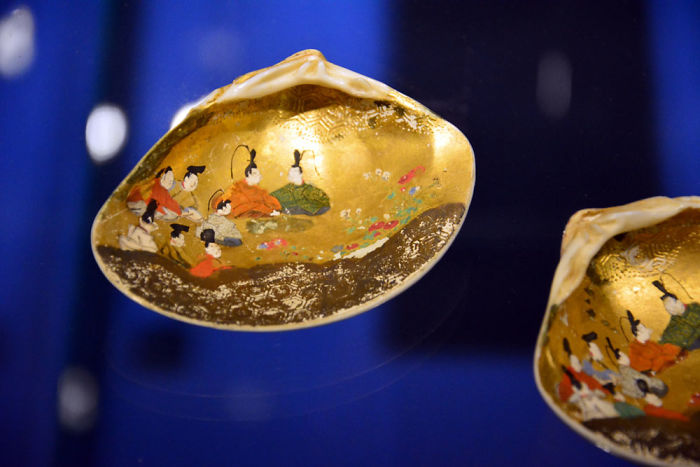
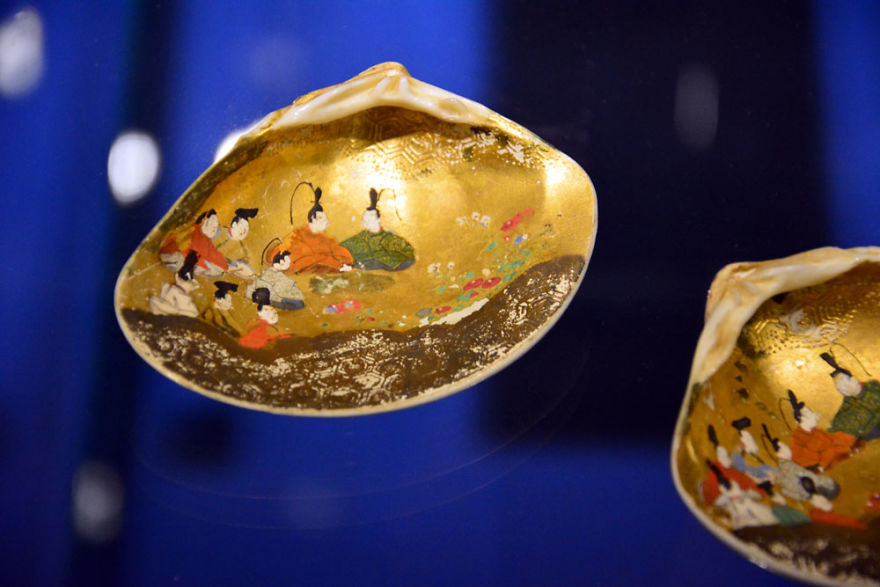
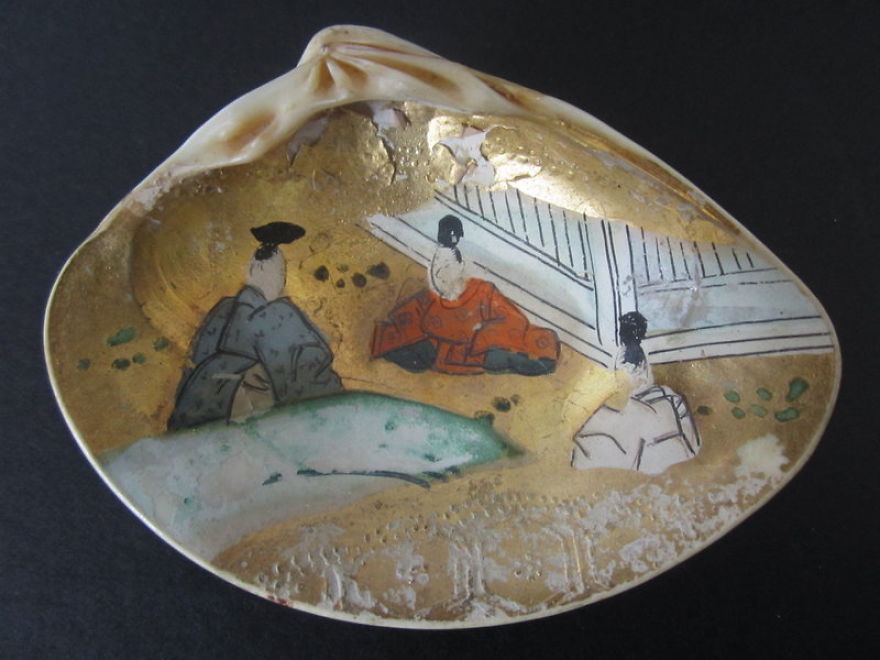
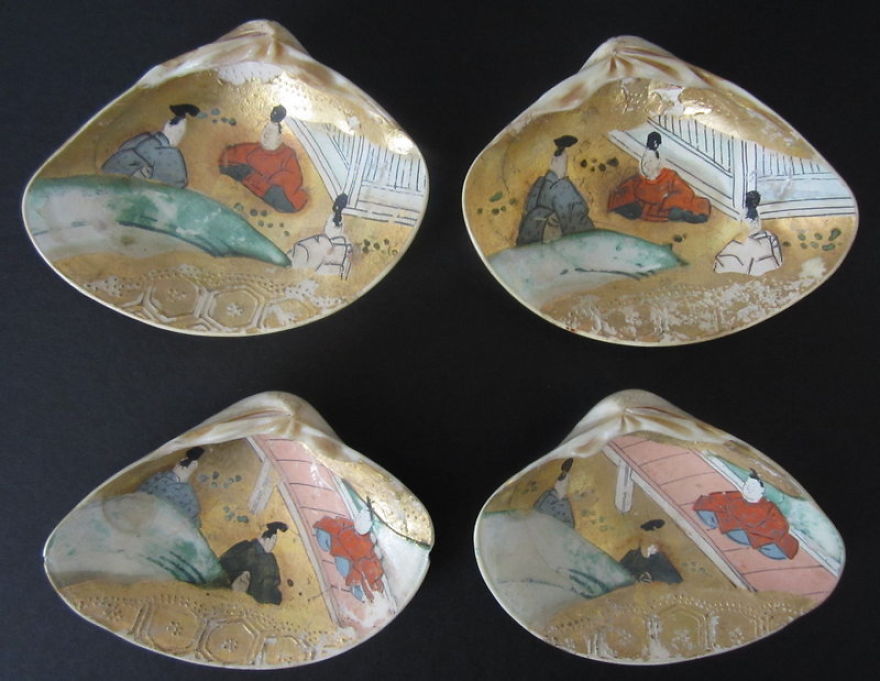
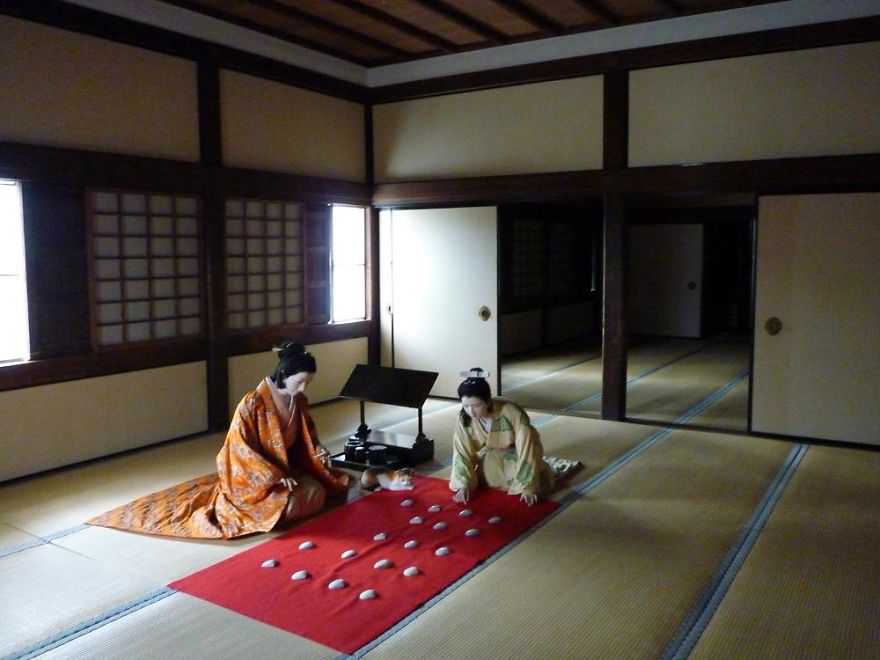
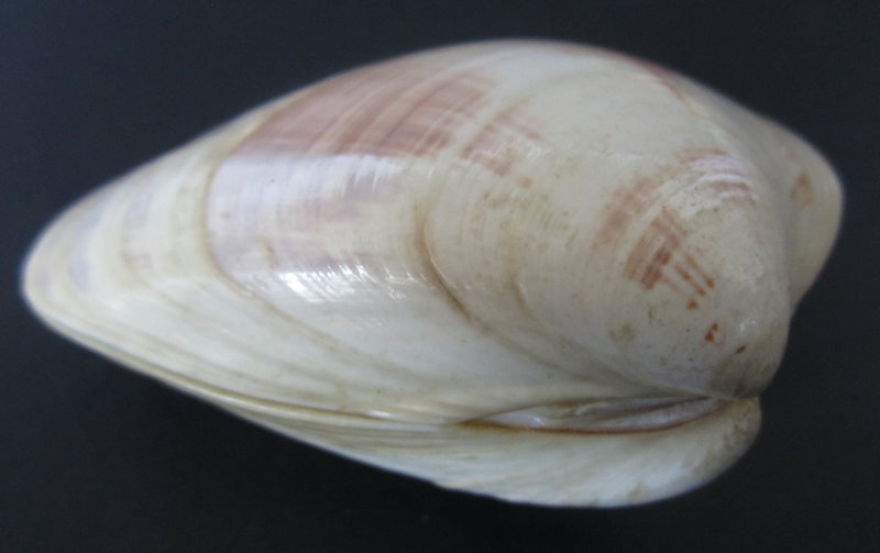
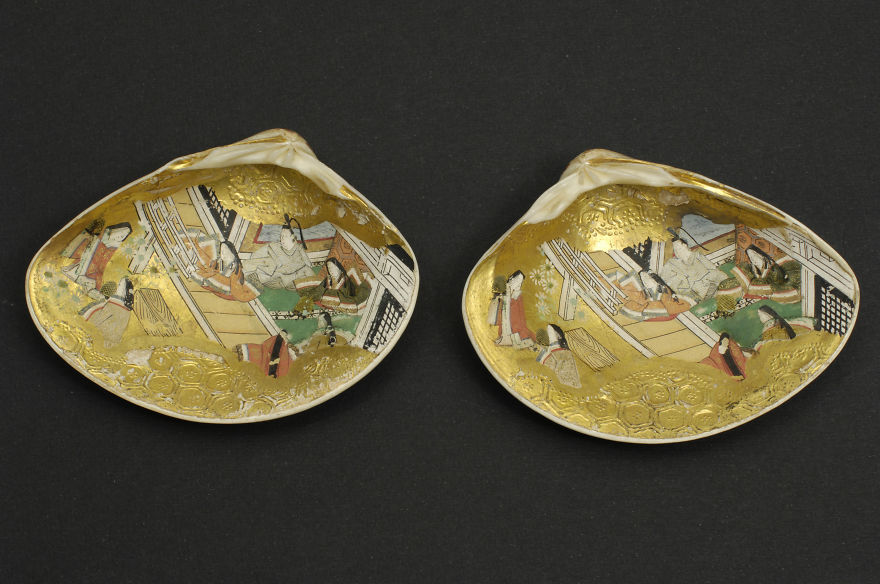
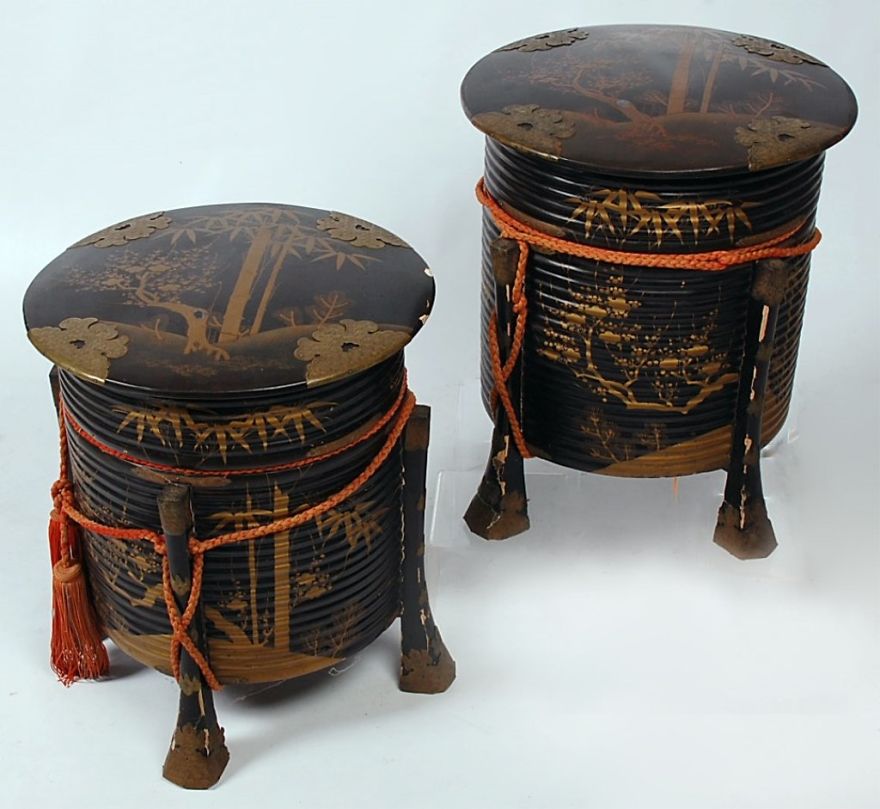
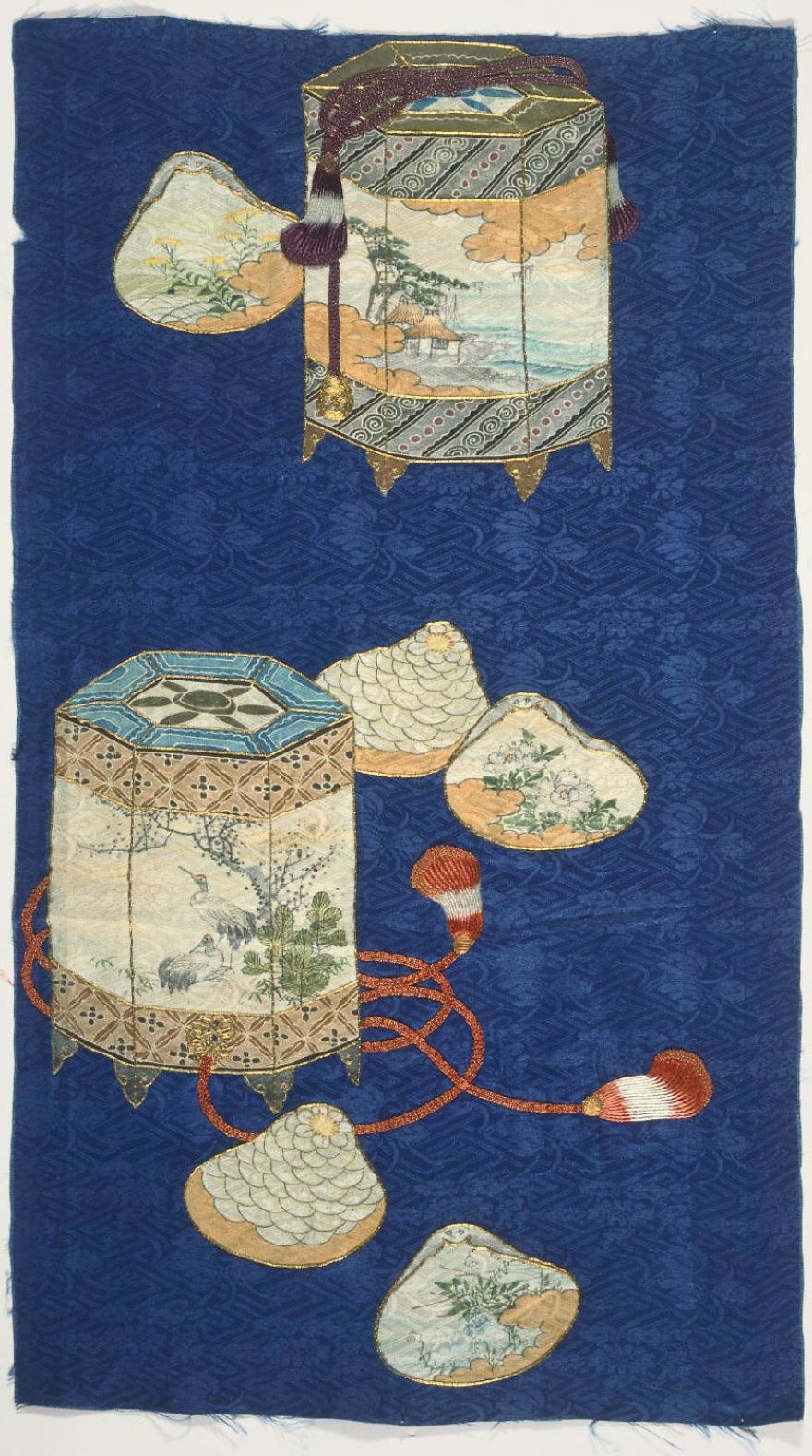
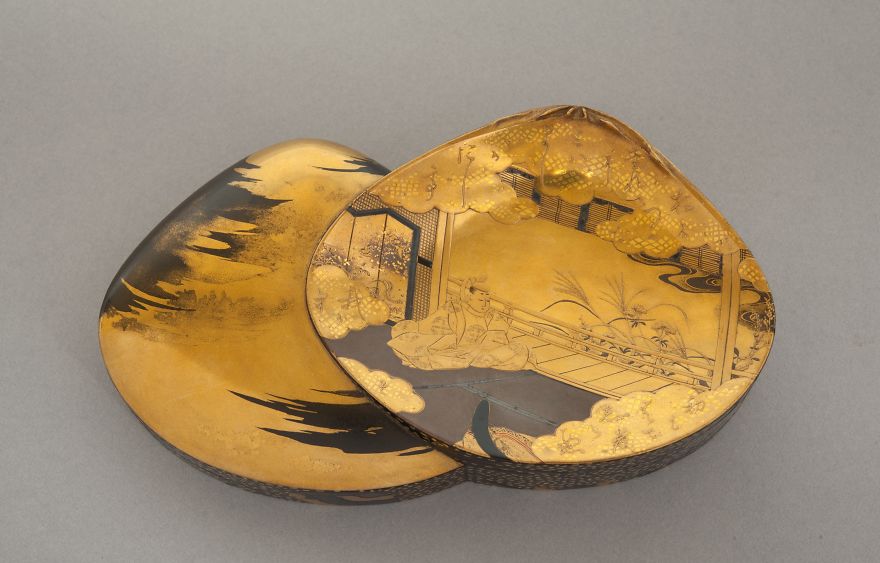
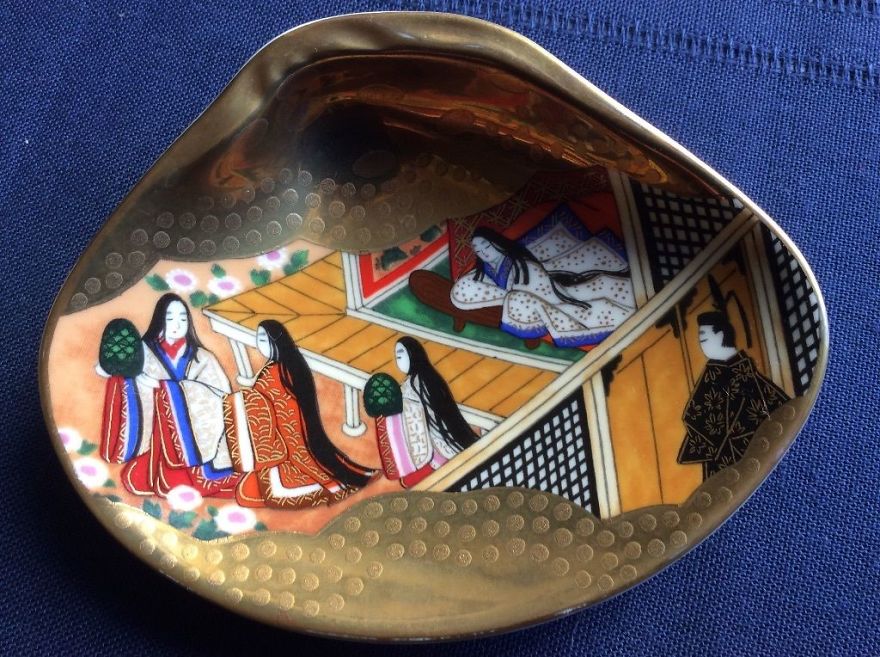
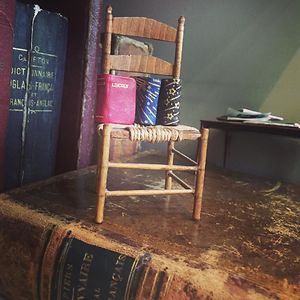


5
0